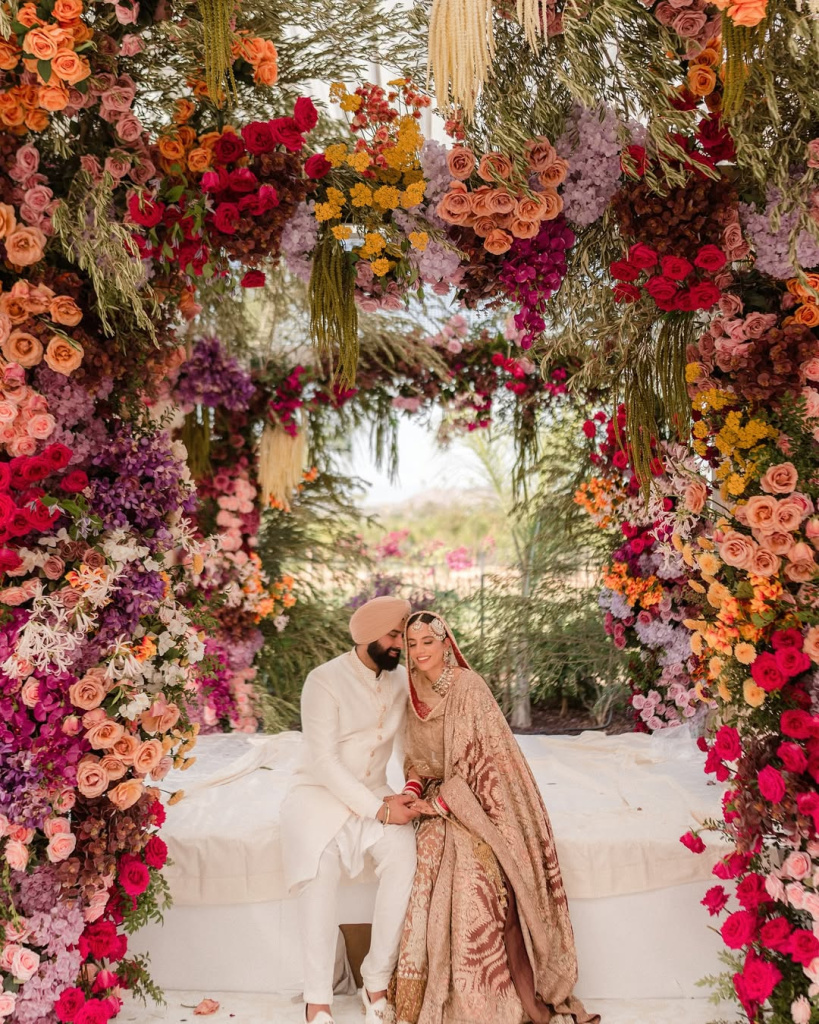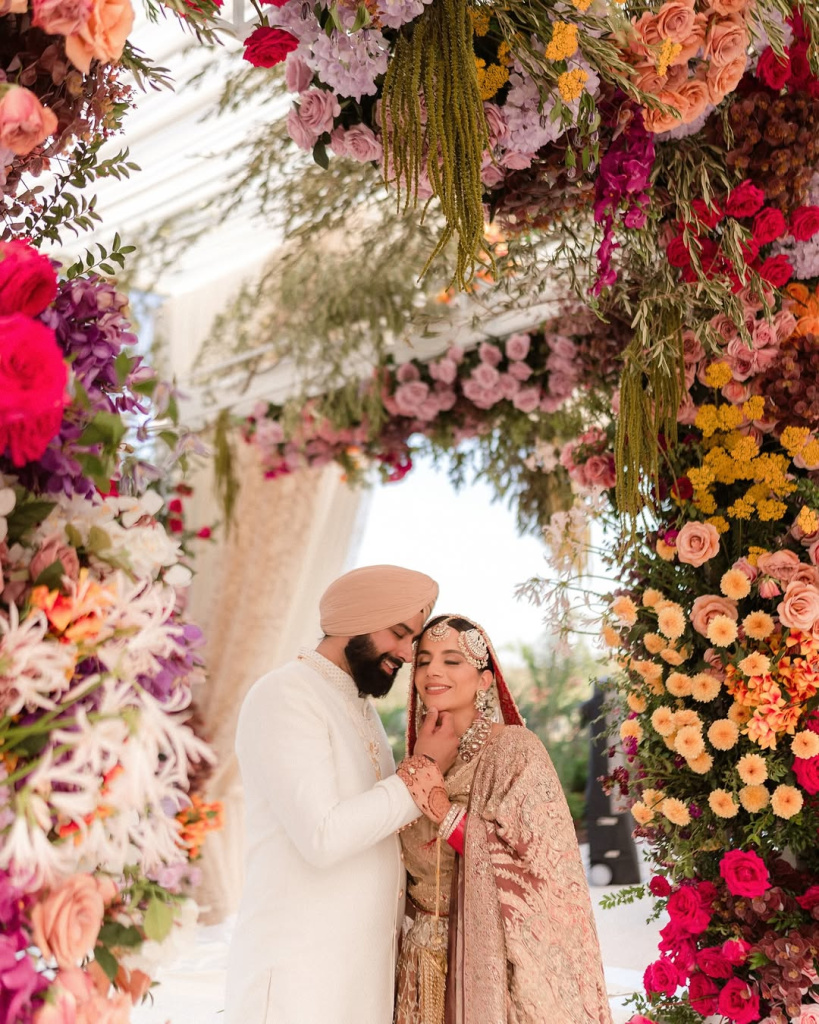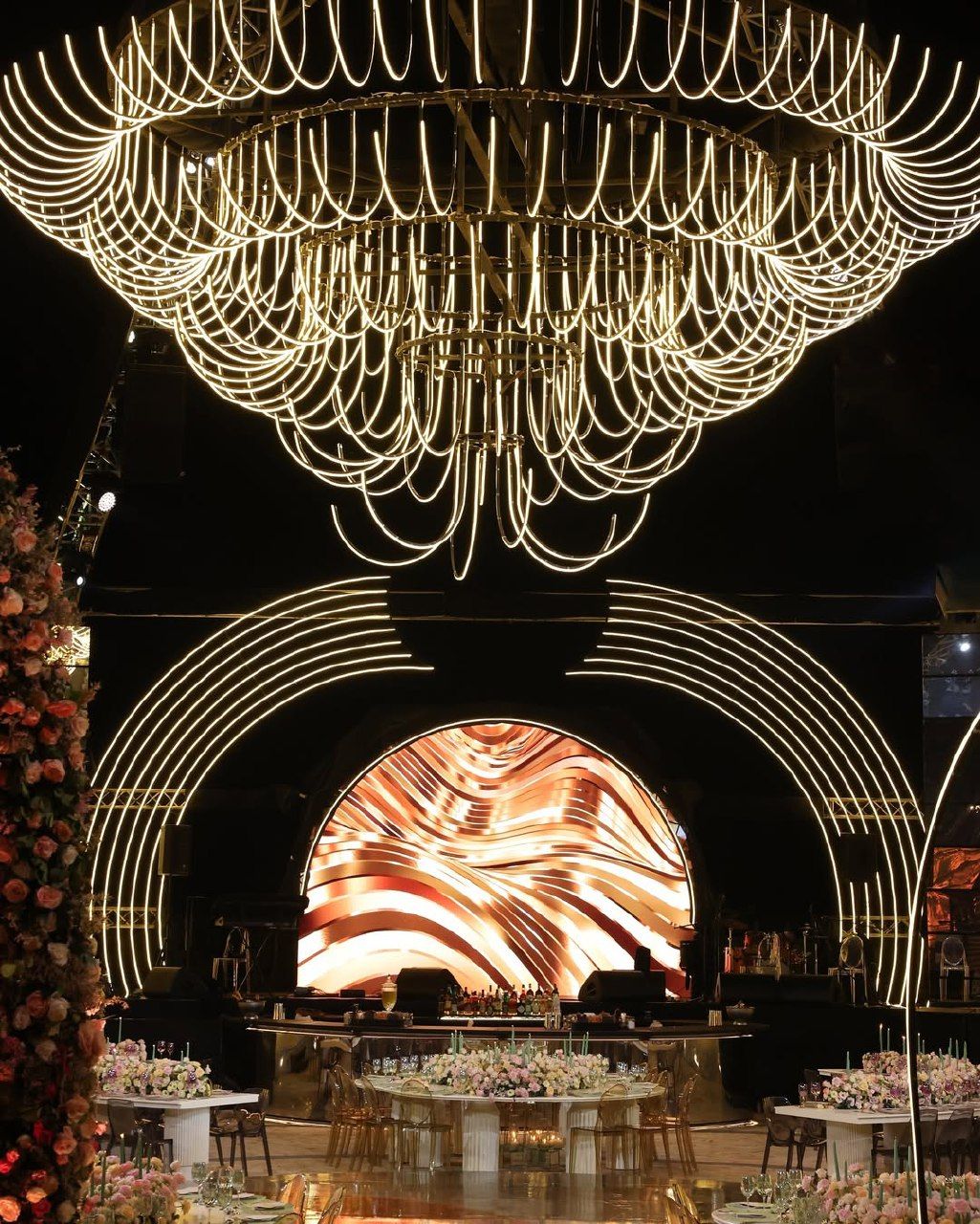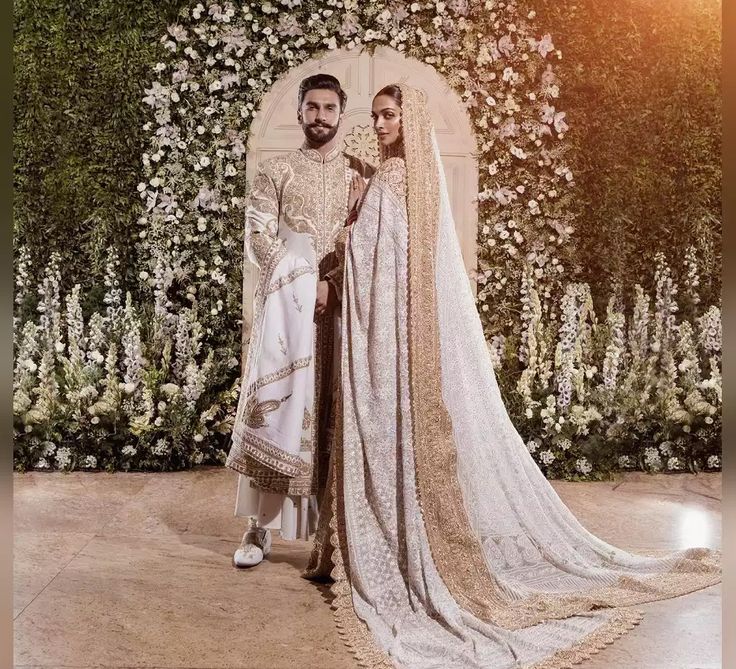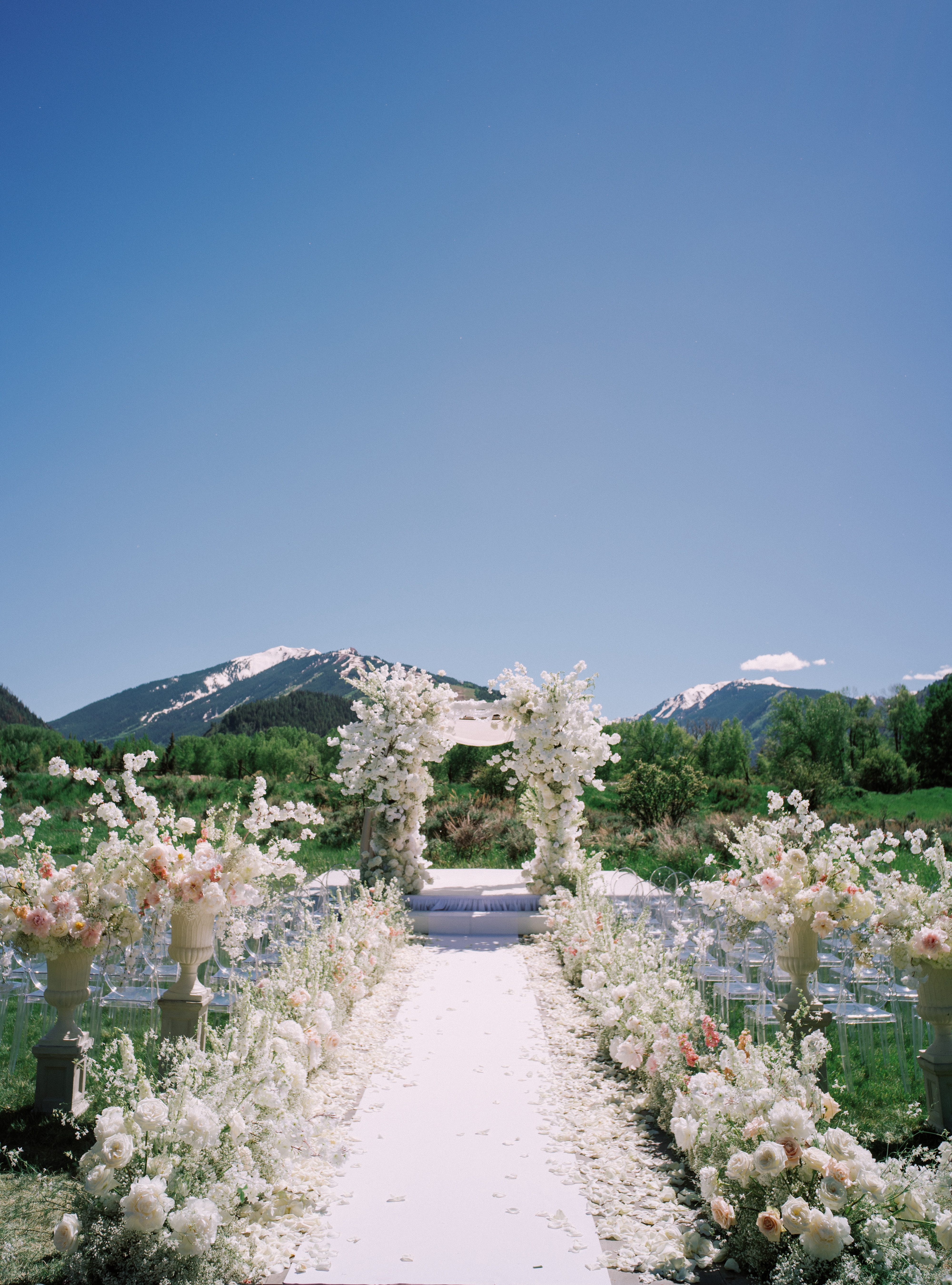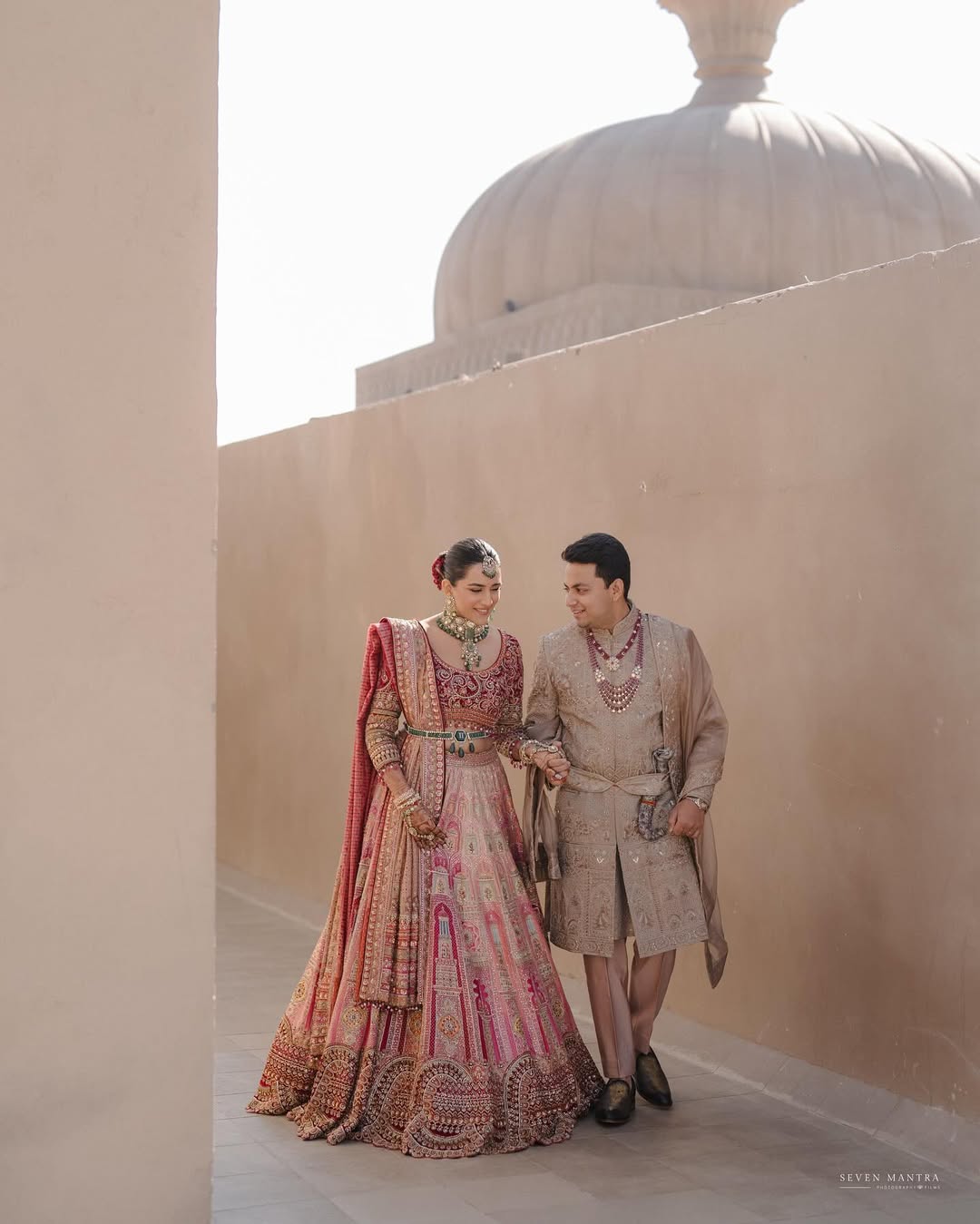Wedding Season in India: A Carnival of Color, Culture, and Celebration
- Author: Natali Grace Levine
- Reading time: 6 min 16 sec
- Publication date: 02/15/2025
- Updated: 10/23/2025
In India, weddings aren’t just an event – they’re a festival in their own right. From the moment an auspicious date is fixed, entire families gear up for a carnival of ceremonies, feasts, music, and dance. If you’ve ever been swept into the flurry of an Indian wedding, you already know it’s a sensory delight unlike any other. And if you haven’t, buckle up: here’s your comprehensive guide to the vibrant and unforgettable phenomenon known as the India wedding season.
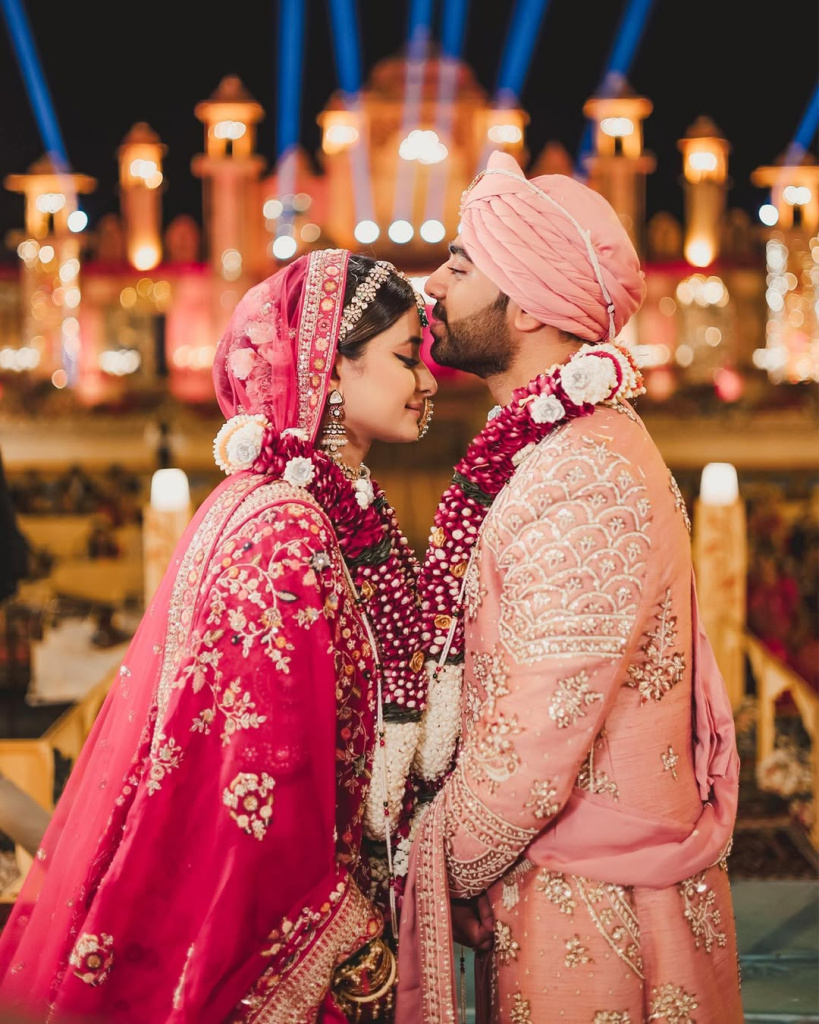

When Does the India Wedding Season Begin?
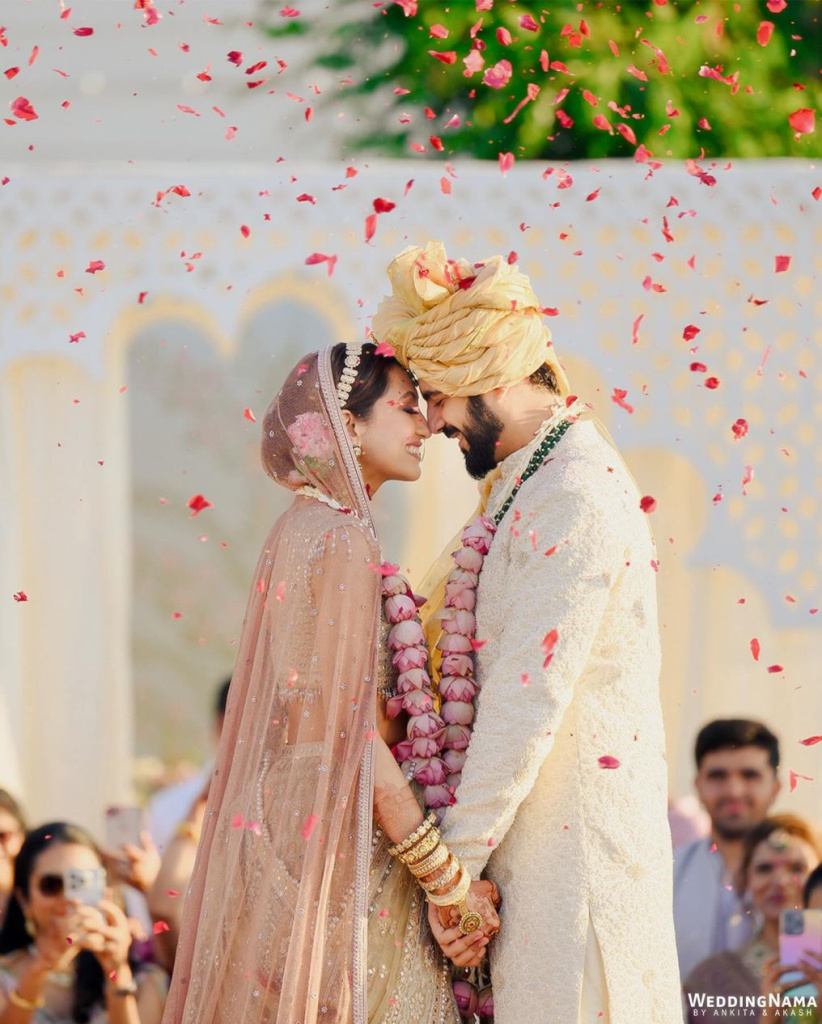
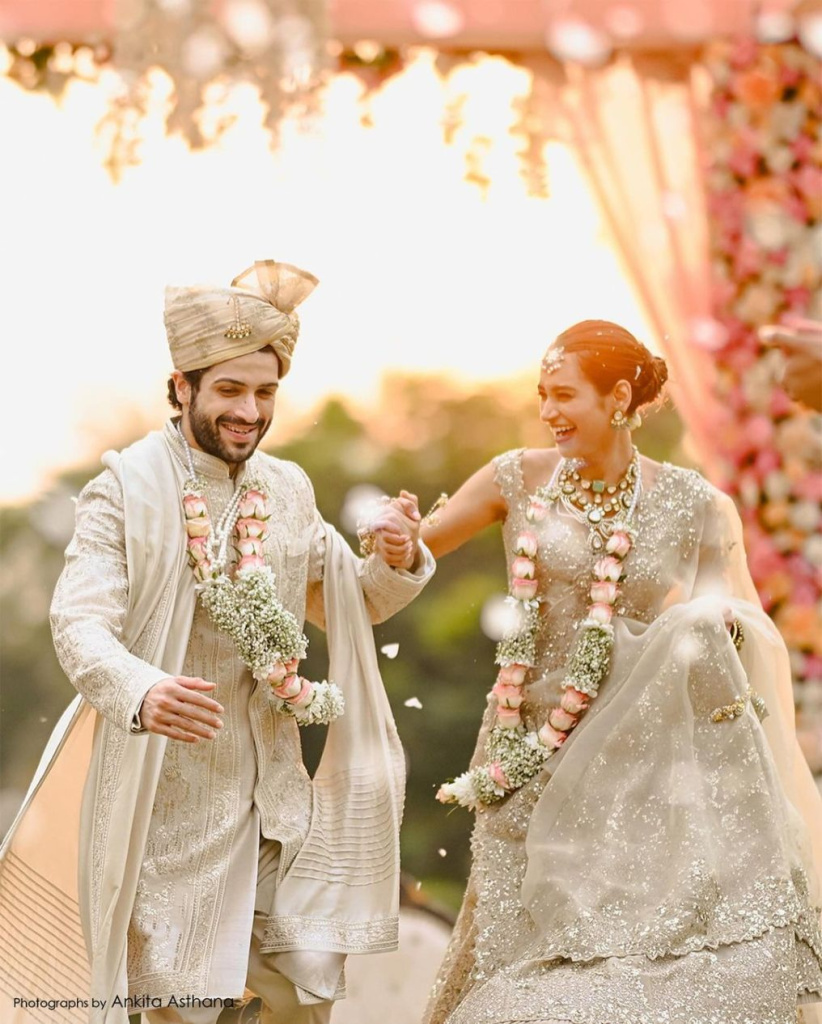
In India, the wedding season typically kicks off in late October or early November and peaks through March. But it’s not just a matter of picking a date on the calendar—most families consult astrological charts and pandits (priests) to find the shubh muhurat, an auspicious time for the ceremony based on the positioning of celestial bodies. This spiritual consideration is believed to bring long-term harmony and prosperity to the marriage.
Practically, this timing also makes sense from a weather standpoint. After the intense monsoon season subsides in September and the heat of summer dissipates, the climate becomes more pleasant for large gatherings. In North India, for instance, the mild winter months enable lavish outdoor functions where guests can comfortably enjoy nighttime festivities. Meanwhile, in the south, although weather patterns differ, the tradition of aligning weddings with favorable astrological dates remains just as strong. Whether driven by spirituality, tradition, or simply a quest for the perfect atmosphere, the Indian wedding season’s timing ensures that each celebration unfolds under the best possible cosmic and climatic conditions.
Colors, Customs, and Couture
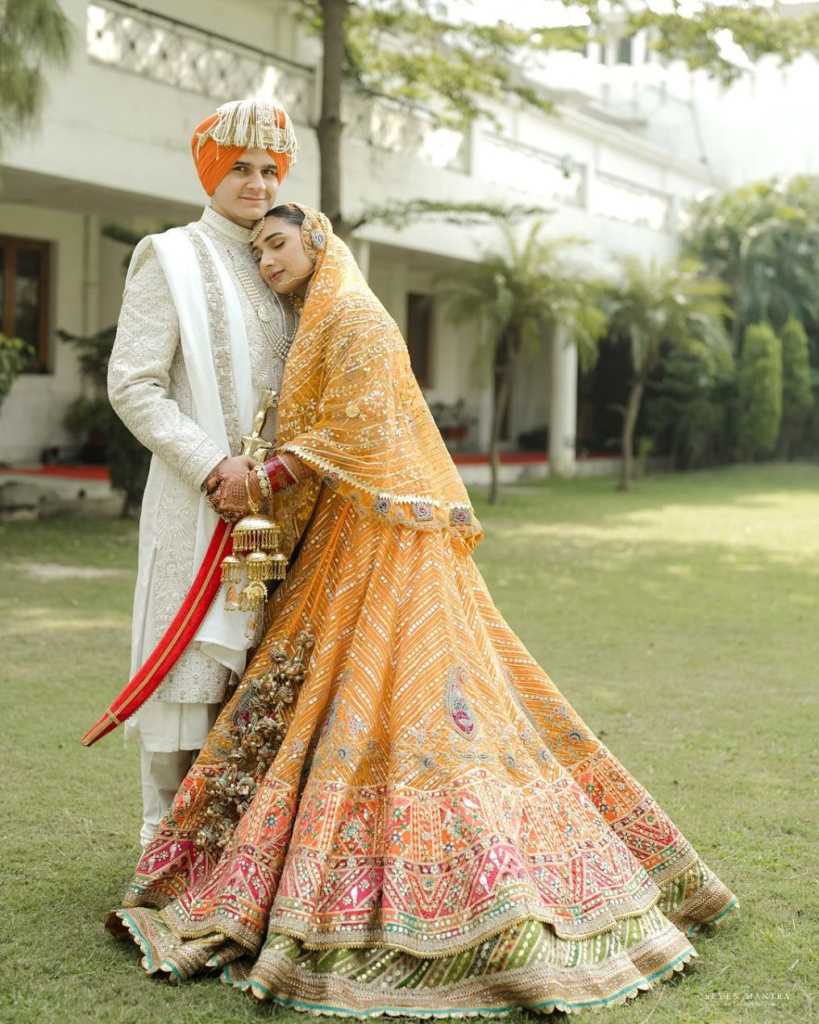
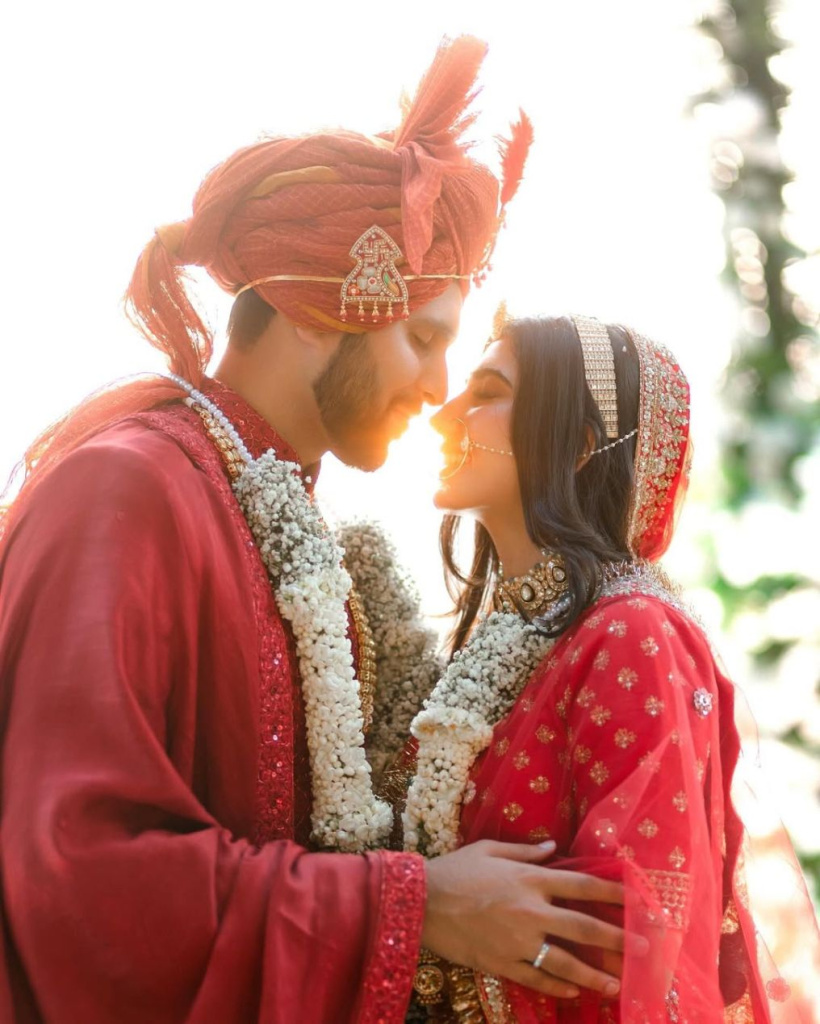
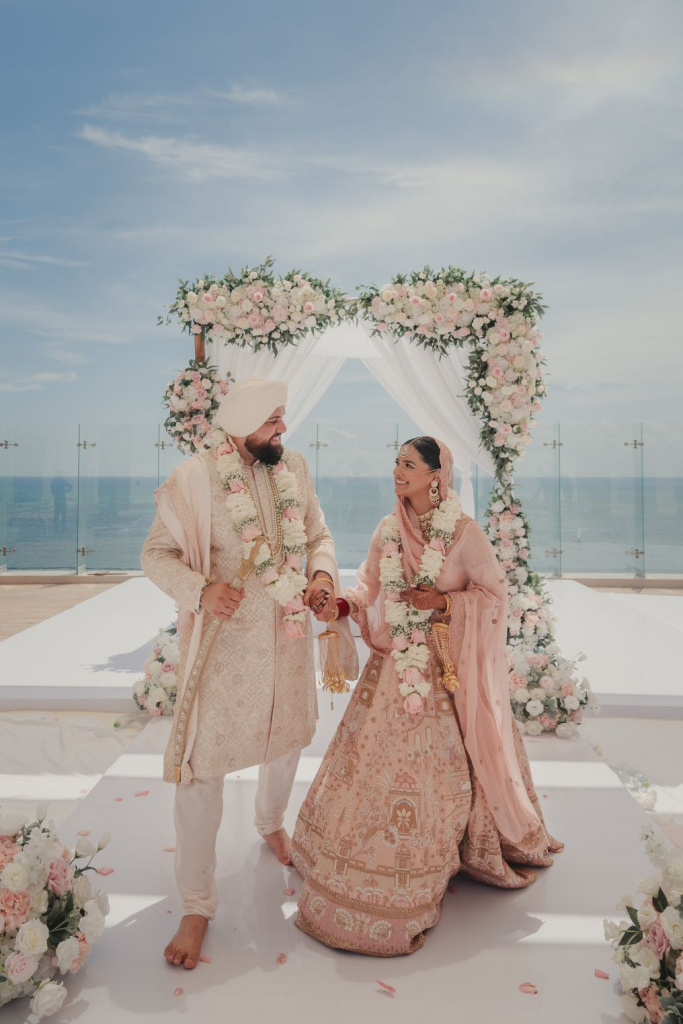
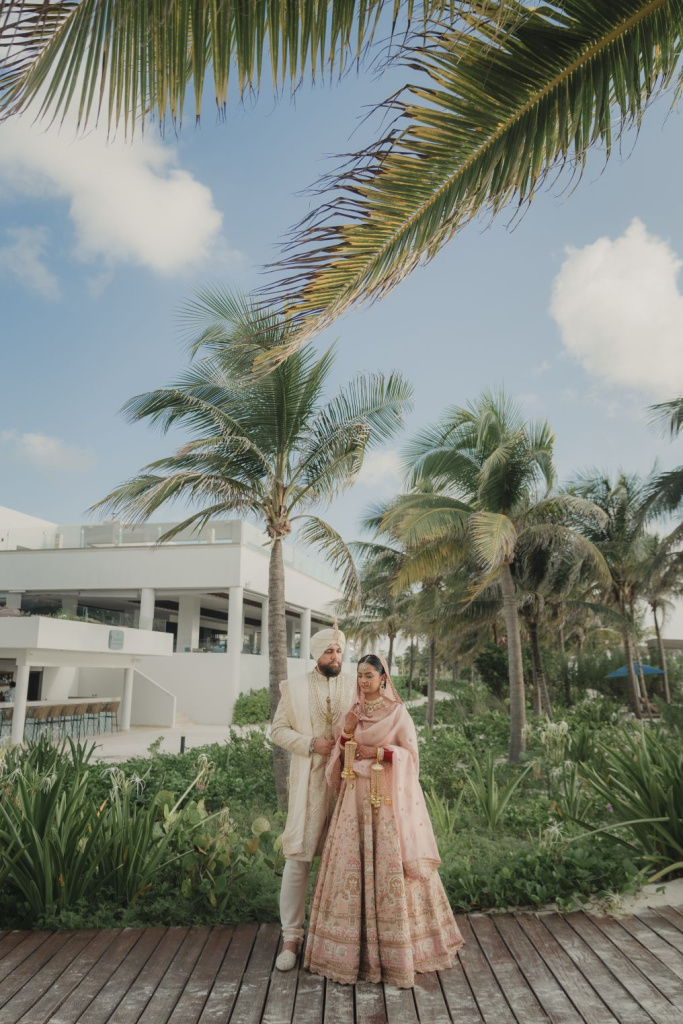
From the moment wedding bells start chiming across the subcontinent, a dazzling tapestry of vibrant attire, time-honored rituals, and cutting-edge fashion takes center stage. India’s wedding season isn’t just about tying the knot—it’s a spectacular fusion of culture, creativity, and color that captures the imagination of all who experience it.
A Festival of Color
When wedding season sweeps across India, it’s like a festival of color that goes far beyond the ordinary palette. Picture streets pulsating with bright pinks, velvety maroons, vibrant yellows, and glittering golds—each hue telling its own story of joy and optimism. Shops transform into rainbow wonderlands, offering a mind-boggling variety of fabrics and designs. Brides and grooms dive into this kaleidoscope of options, mixing and matching shades with gleeful abandon. The result? Outfits that quite literally light up the venue and set the tone for the festivities.
Age-Old Customs, Modern Twists
But the panache isn’t just about flamboyant colors; it’s about deep-rooted customs that have evolved over centuries. During the Mehndi (Henna) ceremony, intricate patterns adorn hands and feet, symbolizing prosperity and good fortune. At the Haldi ritual, family members apply turmeric paste to the bride and groom, lending them a glowing aura while reinforcing the close bonds of kinship and friendship. Then comes the Baraat, the groom’s raucous, drum-thumping procession—traditionally on a decorated horse, though you might see everything from vintage cars to motorbikes these days. Even as the music thumps to modern beats, the excitement harks back to the time-honored spirit of celebration. All of these customs converge in wedding season, weaving tradition into the vibrant tapestry of contemporary Indian weddings.
The Couture Parade
Fashion—or couture—truly steals the show at any Indian wedding, especially during the peak months of the wedding season. Brides channel their inner royalty with meticulously embroidered lehengas featuring mirror work, sequins, and handloom techniques passed down through generations. Some opt for unconventional palettes like lavender, mint green, or even pastel blues, proving that modernity can effortlessly blend with heritage. Meanwhile, grooms elevate their style game with regal sherwanis, sleek bandhgala jackets, and color-coordinated pagdis (turbans). Every element—from footwear to the tiniest accessory—reflects that signature Indian flair and underscores the larger-than-life spirit of the wedding season.
Culinary Renaissance During India Wedding Season
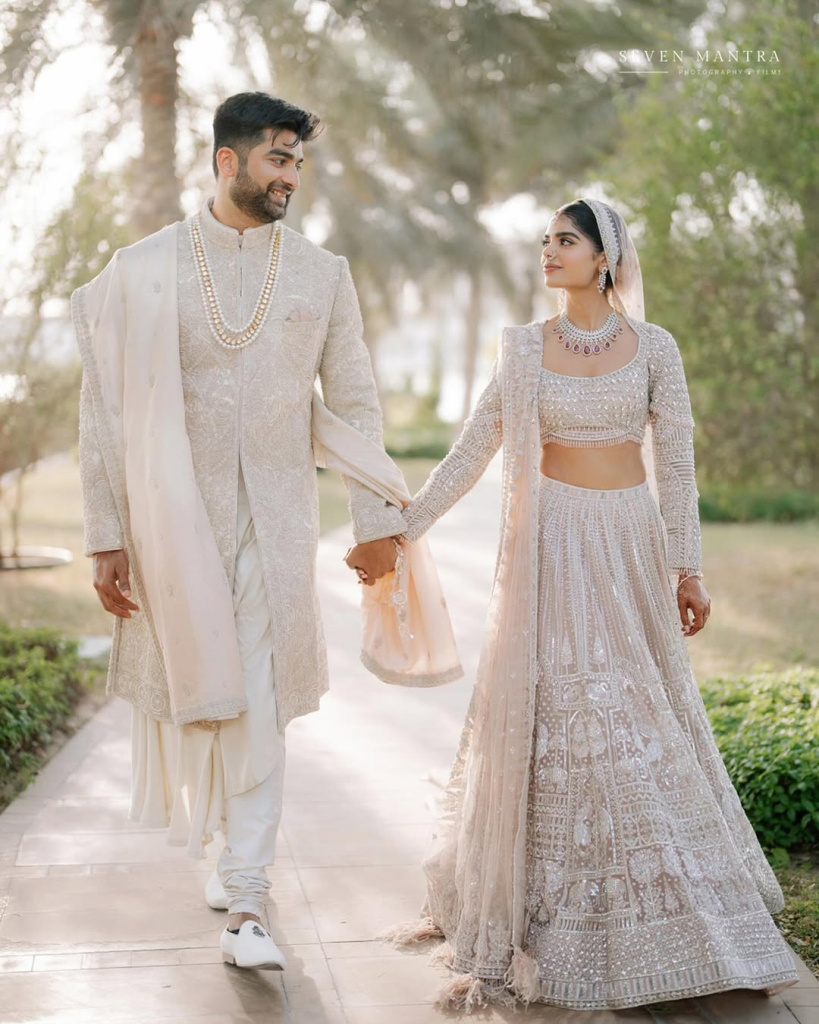
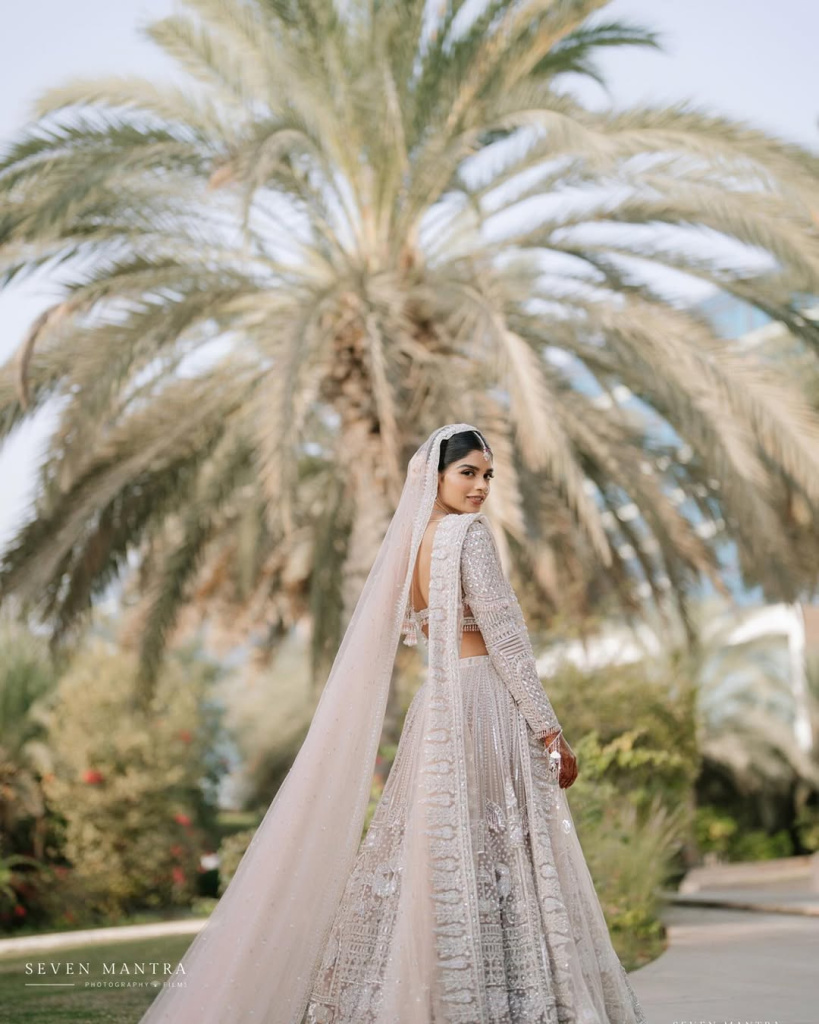
Indian weddings are famous for their sumptuous feasts, and when it’s the wedding season, expect the scale of gastronomic delights to skyrocket. Planners and families pull out all the stops, curating multi-cuisine banquets that span every corner of India—and often, the globe. It’s not unusual to find North Indian chole bhature next to South Indian dosa stations, while Italian pasta counters and Chinese stir-fries complete the lineup. Khao suey from Burma or sushi counters for the adventurous? Absolutely on-trend. This seemingly endless menu is a testament to India’s love for diverse, flavorful food and its innate knack for blending tradition with the cosmopolitan.
Savoring the Season: Must-Try Dishes
Here’s a quick roundup of crowd-favorite specialties you can expect at a typical Indian wedding during the celebratory months:
- Rich Curries and Gravies: From spicy Butter Chicken to creamy Paneer Makhani, these dishes offer a comforting warmth perfect for the cooler wedding months.
- Chaat Counters: Pani puri, bhel puri, and papdi chaat add a tangy twist to the festivities, letting guests roam around and snack while socializing.
- Signature Regional Treats: Depending on the region, you might find Sarson ka Saag and Makki ki Roti in Punjab or Daal Baati Churma in Rajasthan, each bringing a local flair to the table.
- Global Cuisine Stations: Live pasta stations, stir-fry counters, and custom sushi bars cater to diverse tastes, letting guests dabble in international flavors without leaving the venue.
- Dessert Galore: Round off the feast with a delightful fusion of Indian sweets (gulab jamun, jalebi, rasmalai) and Western confections (waffles, cupcakes, tiramisu).
The Art of Dessert
Desserts at Indian weddings deserve a special spotlight. Grand live-cooking stations for jalebis and malpuas keep crowds flocking for seconds, while intricately designed fondant cakes and mousse parfaits wow your senses. The presentation is often half the fun: glittering sugar sculptures, sprawling tables color-coordinated to match the wedding décor, and chocolate fountains that become instant photo ops. It’s a feast not just for your palate but also for your camera!
The “All” Factor: Abundance, Love, and Laughter
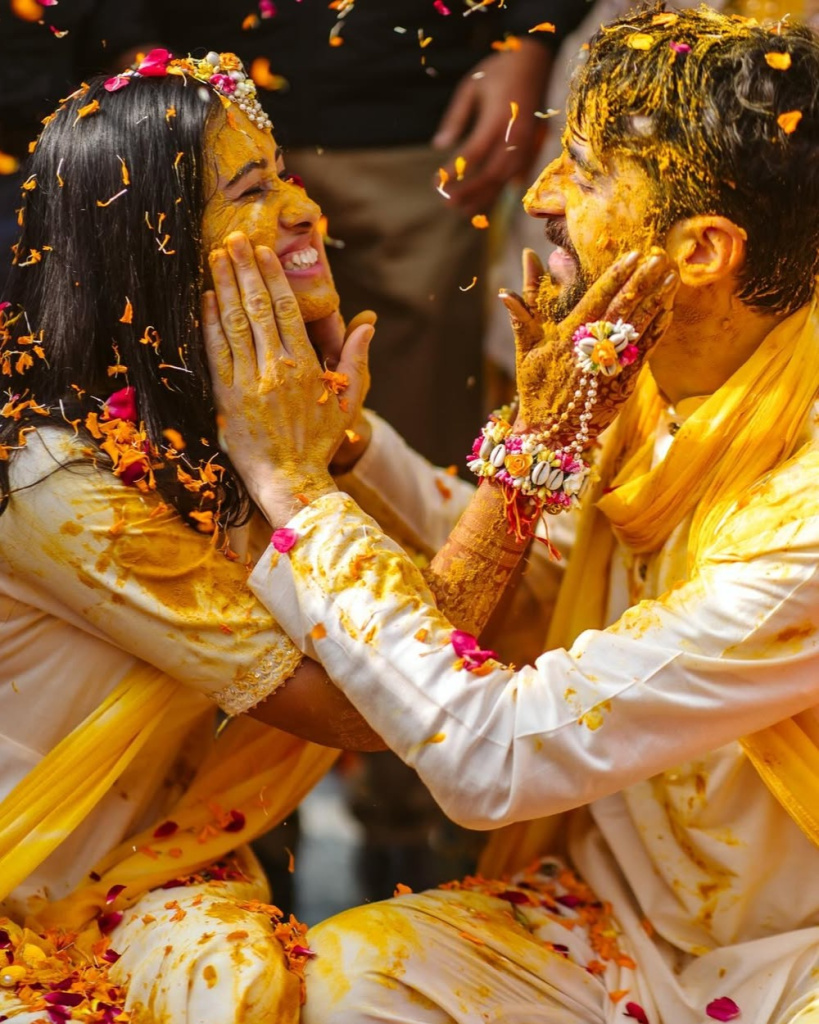
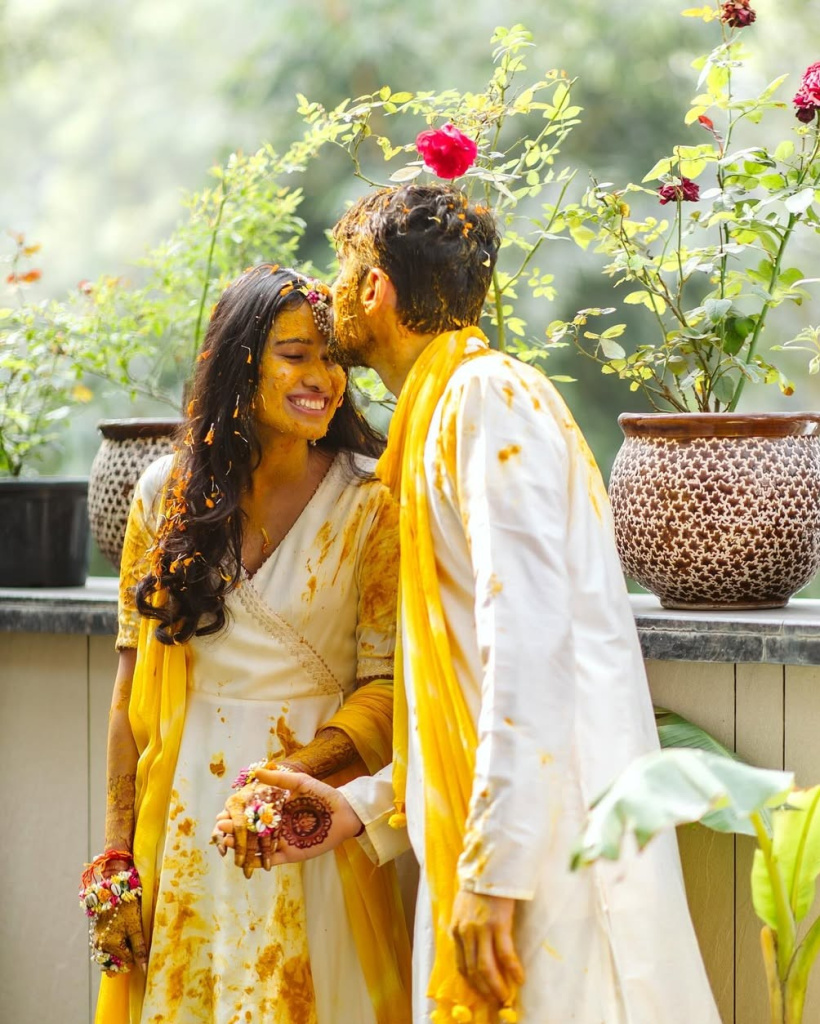
What truly makes the feast remarkable is the shared sense of festivity. Families bond over secret recipes and local chefs gain heroic status for bringing authentic flavors to back-to-back events. Long buffet lines might normally be an annoyance, but at a wedding, they become social gatherings—friends and relatives catch up, exchange stories, and plan the next dance routine between helpings. By the time the last sweet dish is served, hearts (and tummies) are full, leaving everyone ready to hit the dance floor or queue up for another plate in the next round of celebrations.
Big Fat Indian Weddings Go Global
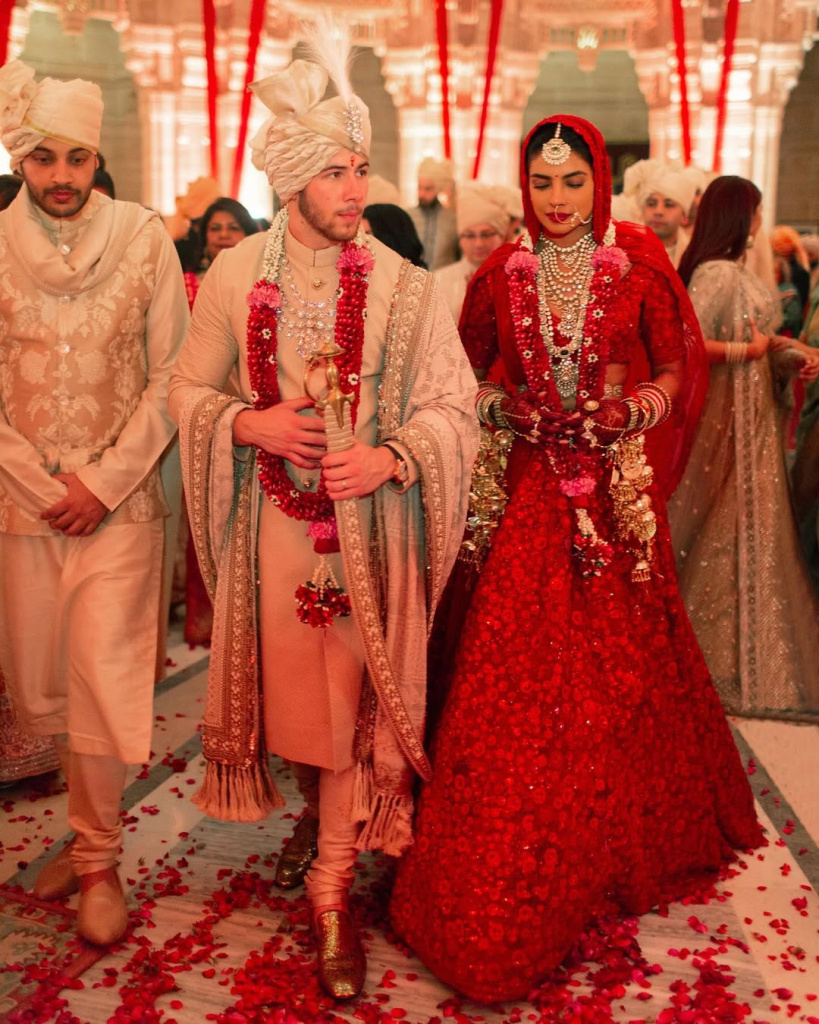
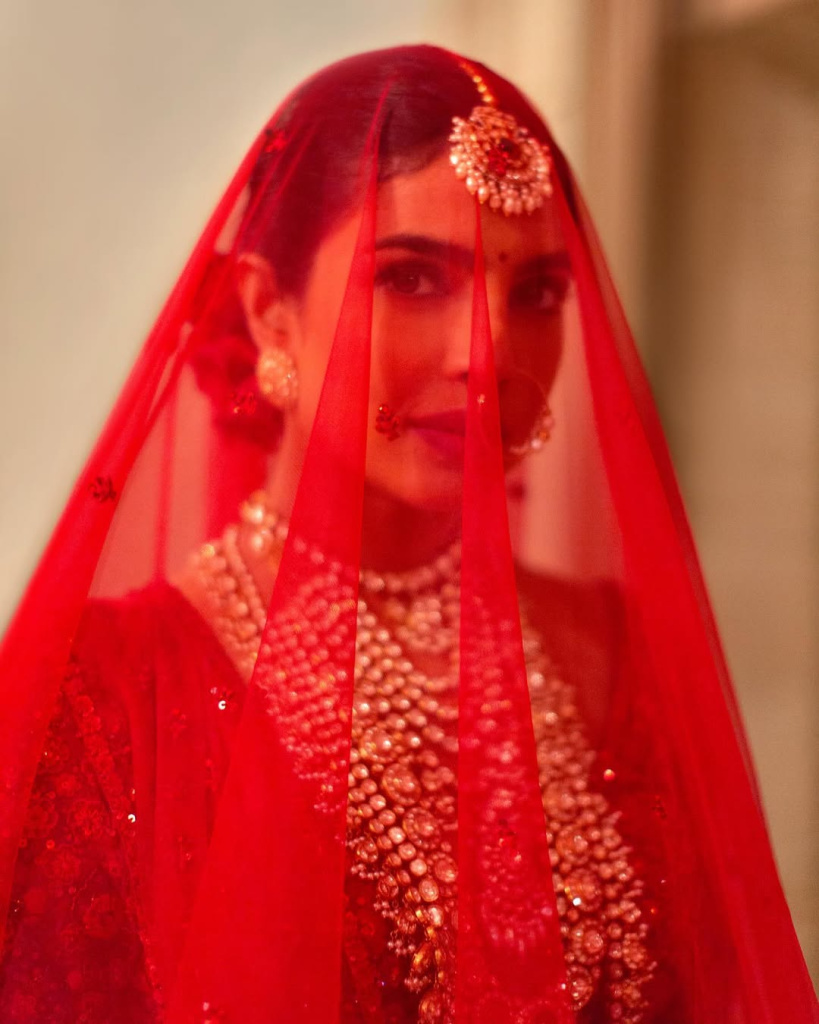
Indian weddings have always been grand, but now they’re going global in the most spectacular way. Thanks to the vibrant Indian diaspora and the country’s growing popularity as a cultural hotspot, couples are taking their celebrations to far-flung corners of the world. From the pristine beaches of Bali to the chic châteaux in France, the Indian wedding season travels beyond national borders, carrying along its timeless customs and lively festivities. This phenomenon has given birth to a flourishing destination wedding industry where event planners, decorators, and local tourism boards join forces to recreate the magic of a “Big Fat Indian Wedding” in exotic locales.
But global weddings aren’t just limited to new scenic backdrops; they’re also about cultural fusion. Imagine a classic Indian baraat procession in the streets of Florence or a mehndi ceremony on a Hawaiian beach. The bride’s side might bring in a local band, while the groom’s side whips out the dhol (traditional drum) for a showstopping musical blend. Beyond the pageantry, these events open a gateway for guests from various cultures to experience Indian rituals firsthand—contributing to a rich tapestry of shared traditions and cross-cultural understanding. Whether it’s a Maharashtrian wedding in New York or a Gujarati celebration in Singapore, the spirit remains the same: unite families, celebrate love, and honor centuries of heritage—even an ocean away from home.

Why This Wedding Season in India is Extra Special
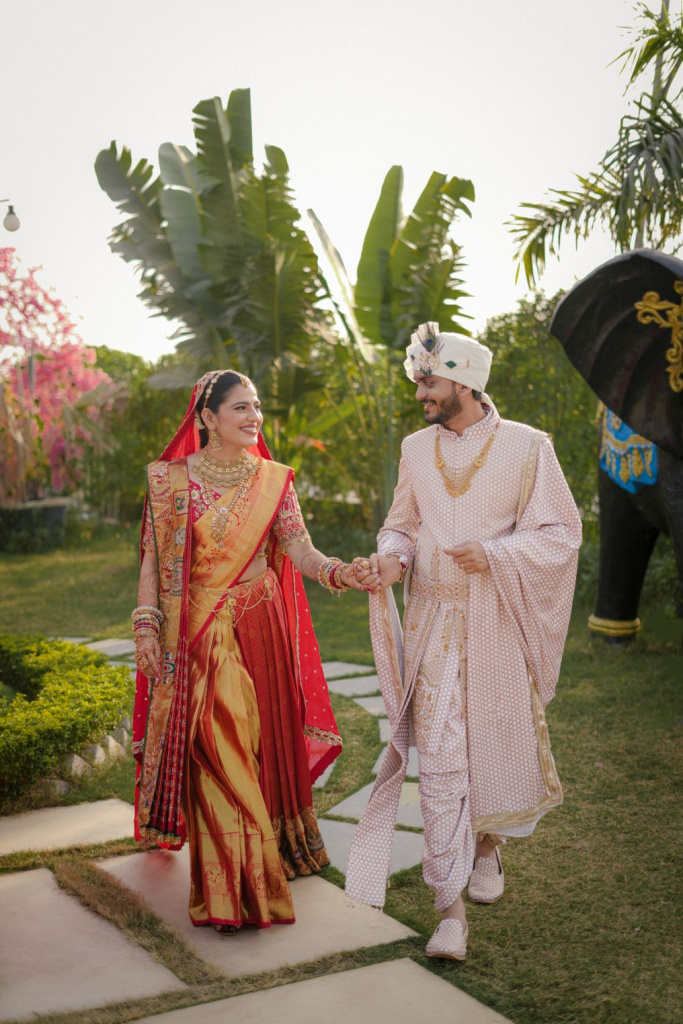
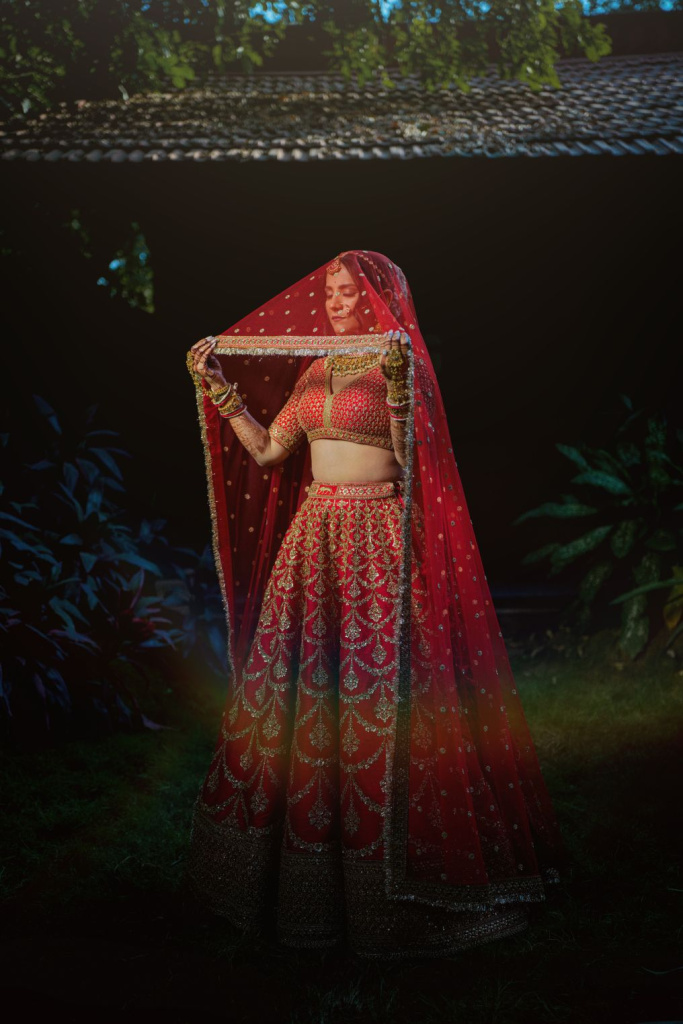
There’s a reason Indian weddings usually cluster between October and February: the wedding season in India overlaps with some of the most vibrant festivities on the Hindu calendar, and the weather is comfortably cool in most regions. But there’s more to it than just mild temperatures. This period also coincides with auspicious dates determined by astrology and the traditional panchang (almanac), infusing each event with a spiritual dimension. The result? A collective, countrywide vibe of celebration, as families race to finalize venues, designers, and caterers during these high-demand months.
A Festival of Togetherness
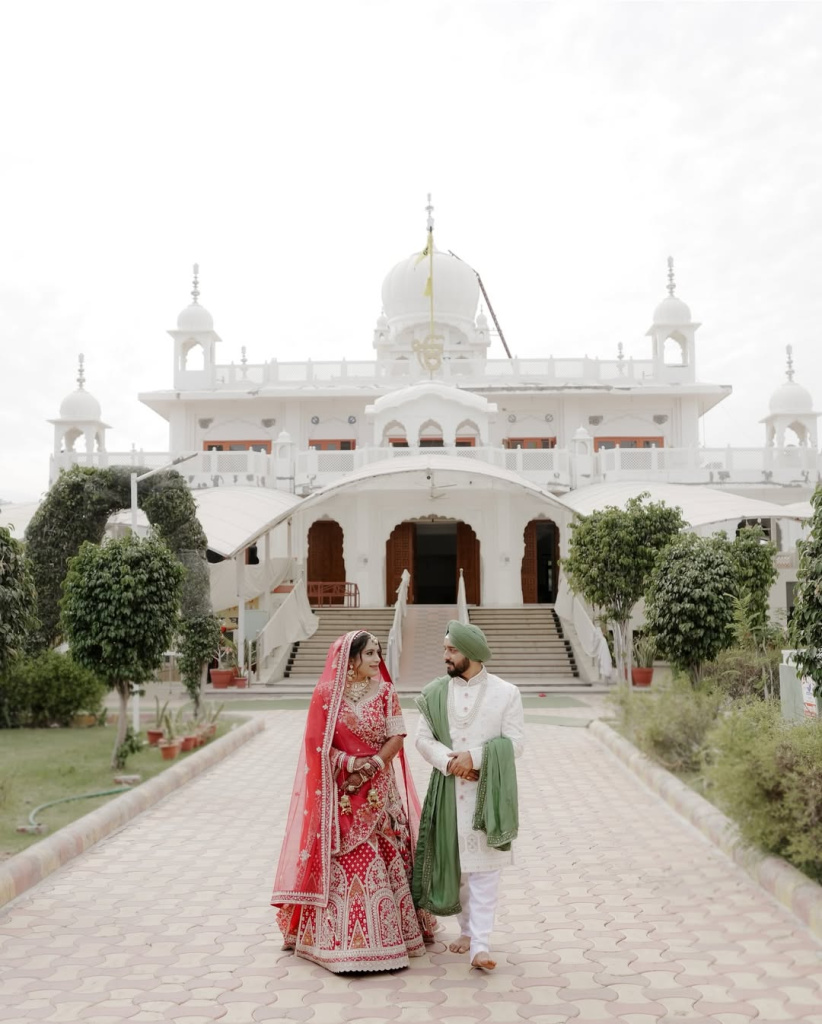
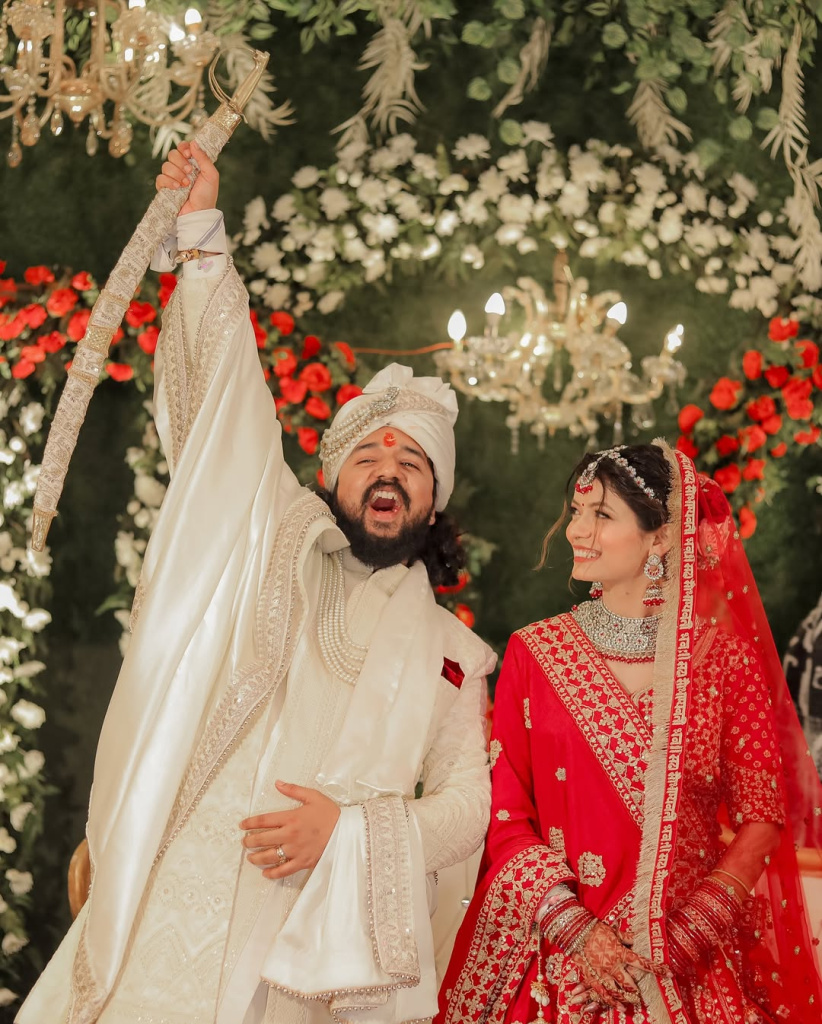
One of the greatest joys of this season is how it brings everyone together—sometimes entire neighborhoods or communities join in the fun. With a slew of festivals—like Navratri, Dussehra, and Diwali—leading up to these months, people are already in a festive spirit. Decorations and twinkling lights spill over from the festival season to wedding venues, creating a seamless transition of merriment. Friends and relatives who live abroad often plan their visits around this time, turning wedding celebrations into week-long (or even month-long) family reunions.
The Show-Stopping Extravaganza
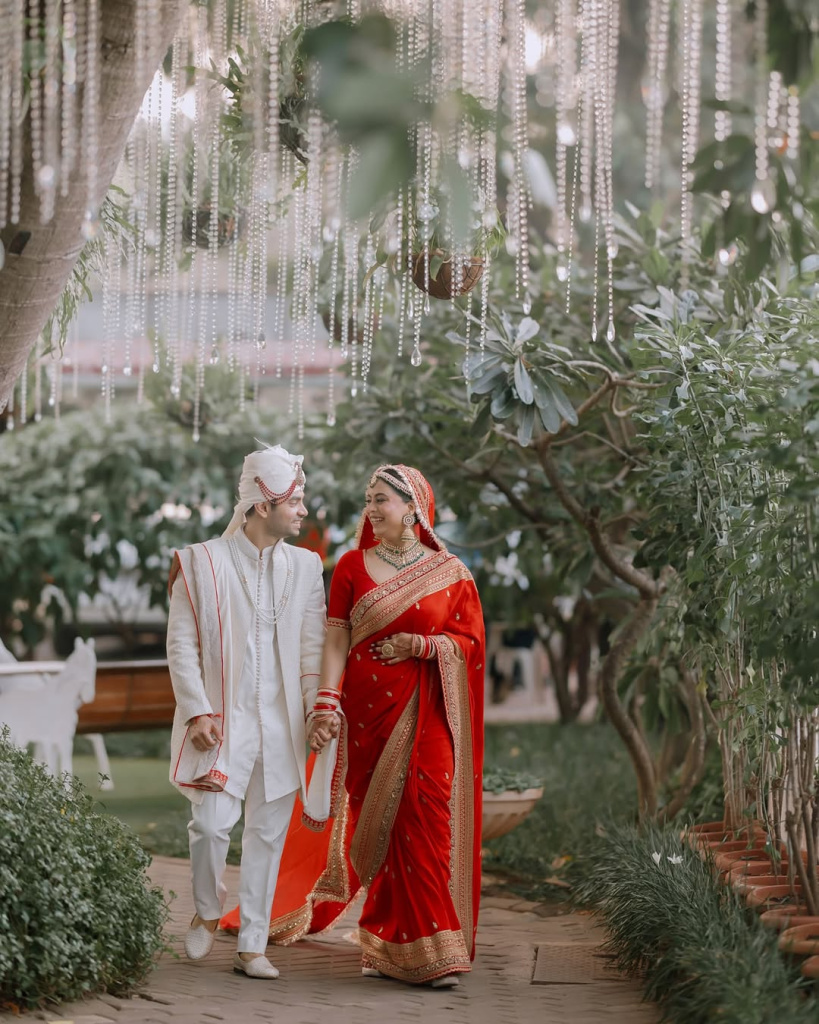
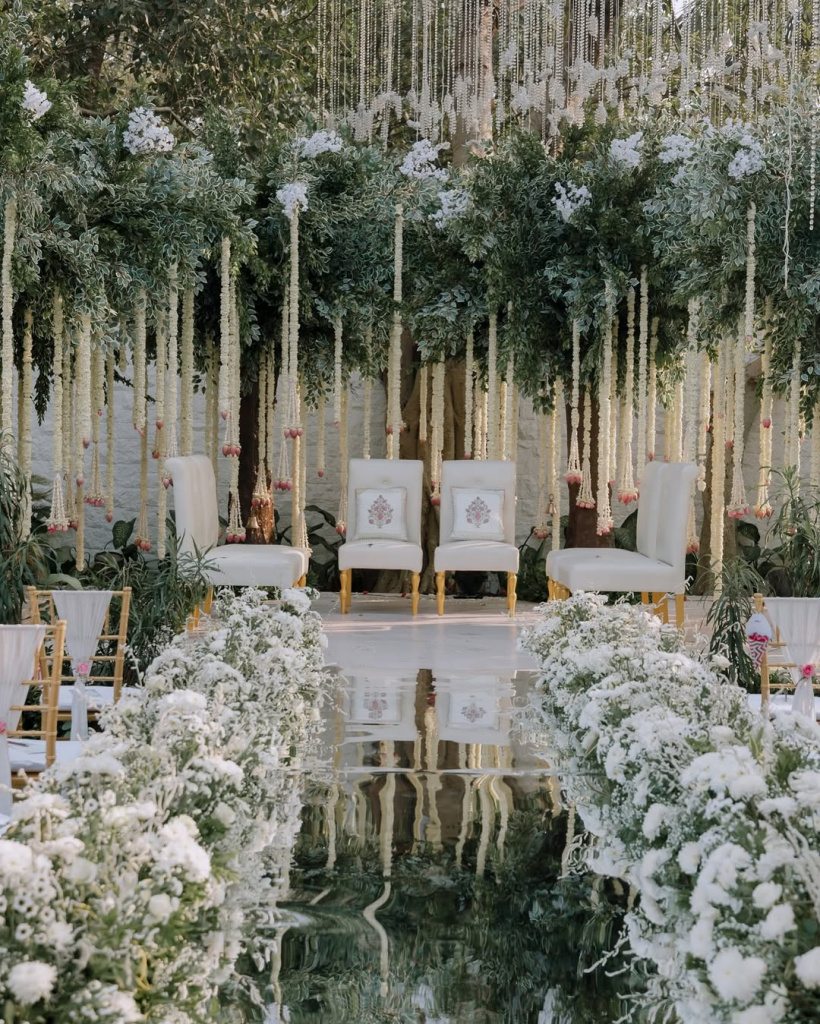
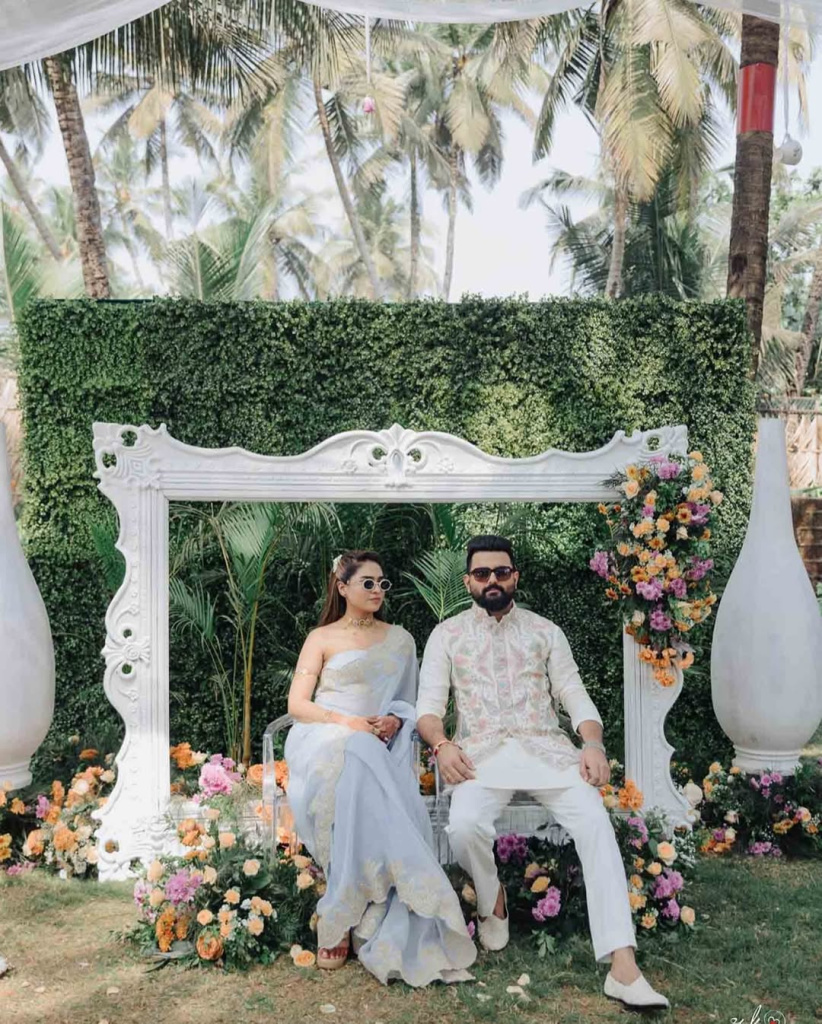
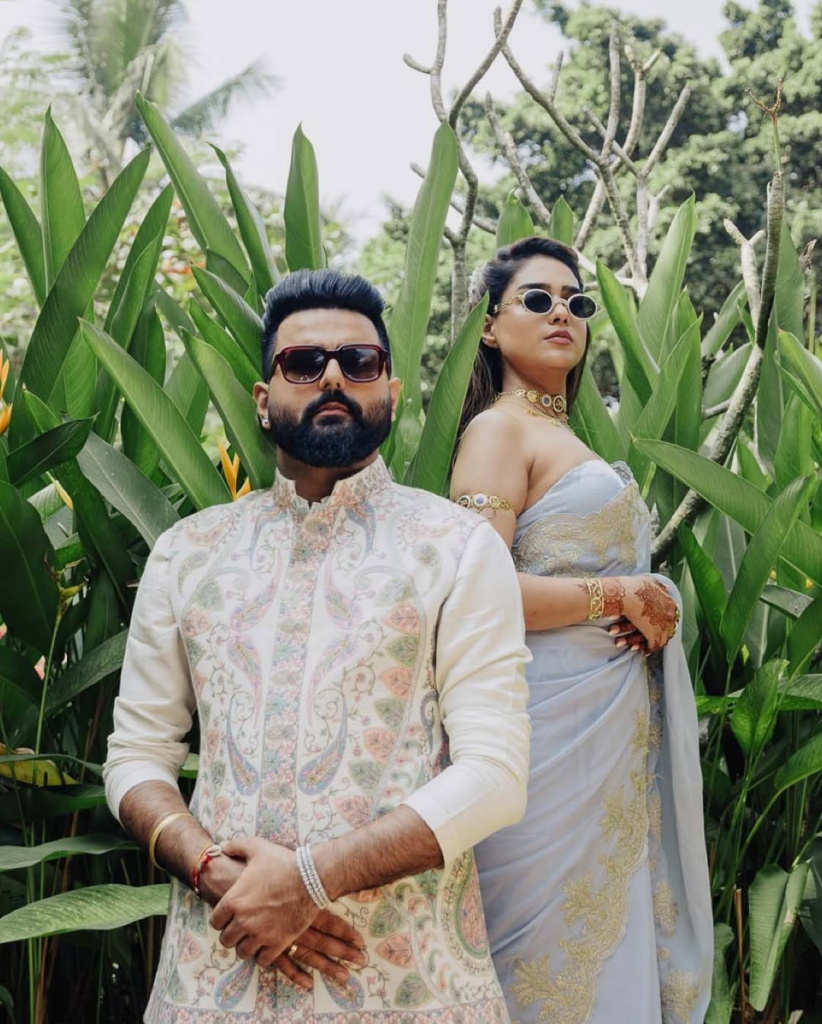
Cooler weather also allows for outdoor weddings, a concept that’s grown in popularity. Lavish lawn setups under starry winter skies become the perfect venue for exchanging vows amidst an enchantingly lit backdrop. Think floral arches, fairy lights, and boho-chic seating arrangements that bring Instagram dreams to life. The crisp evening air also means guests can dance the night away without breaking a sweat—one more reason why the wedding season is the ideal time for those fun-filled sangeet nights and vibrant cocktail parties.






